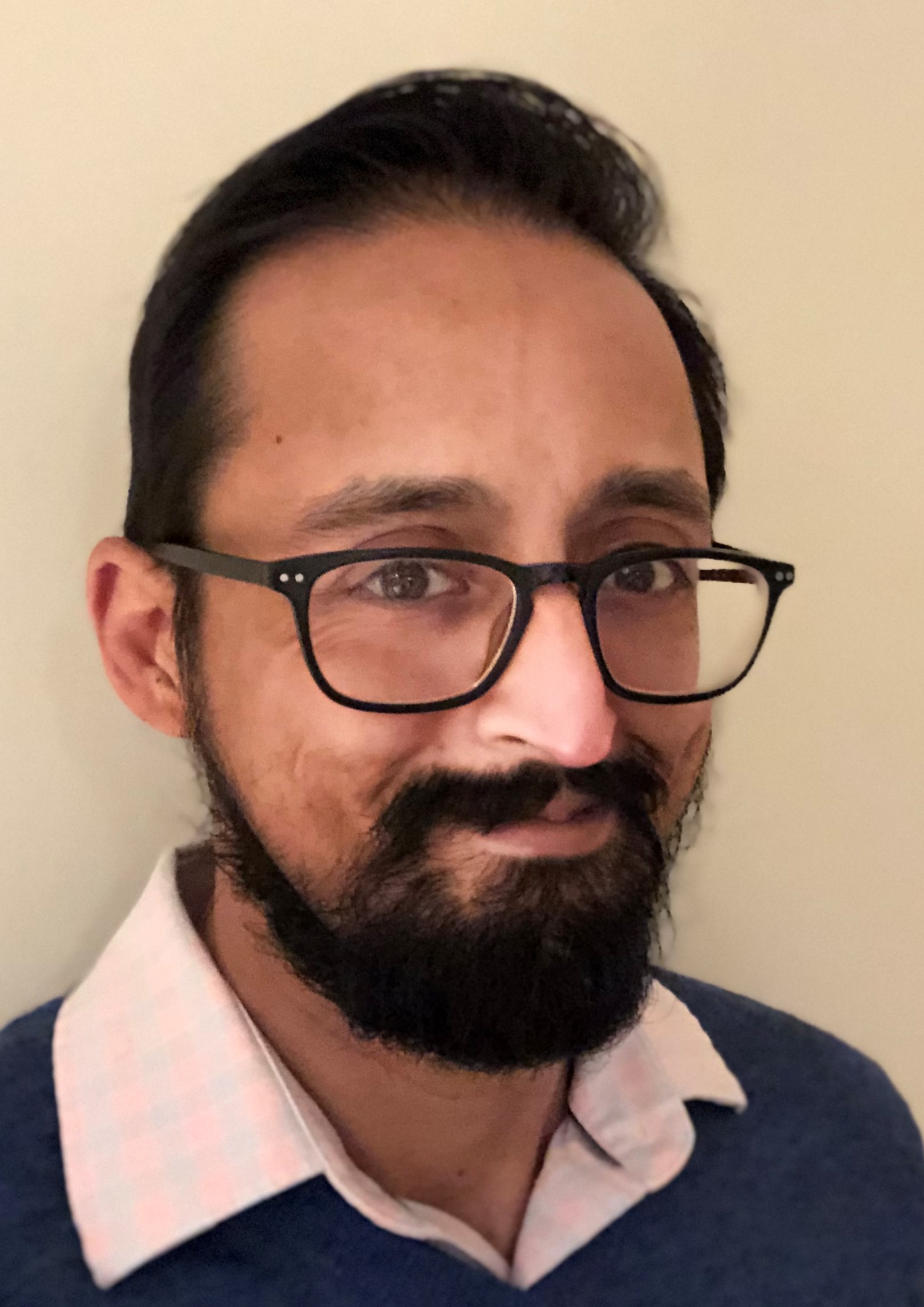Consumer Involvement




I was diagnosed with scleroderma in 2015 at the age of 31, just 2 years after getting married and just as I was beginning to advance in my career. The symptoms of the disease, including lung, gastric, skin, and heart involvement, forced me to slow down and focus on my health. We put plans to start a family on hold, and I began to focus on stability in my job choices. In the span of a year, I went from being an average young man with a 5-minute morning routine to a patient with regular medications, dietary restrictions, and elaborate morning and bedtime routines. As with many autoimmune diseases, the effects crept up in all areas of my life. Simply presenting in meetings at work left me out of breath. Activities I once enjoyed�like traveling and going to concerts�became much riskier for fear of catching an infection that would harm my already damaged lungs. Even little things like holding a cold drink at a party or sitting in a chilly office could lead to pain or numbness�symptoms associated with Raynaud�s Syndrome, which is common in scleroderma patients.
That said, various treatments and life adjustments have allowed me to adapt to life with scleroderma. I work on a digital app development team in a major media company, and the ability to work remotely for my employer makes it easier for me to manage my symptoms at home while still working full time. A hematopoietic stem cell transplant (HSCT) in 2017 helped to halt the progression of the disease, giving me a new lease on life. Before the pandemic, I was able to take my wife on anniversary trips abroad and to see live performances in person with some reasonable precautions. And with the help of my close friends and family, I�ve been able to weather the "Covid storm" so far by sticking close to home.
Knowing how difficult adjusting to life with scleroderma can be�particularly as someone male (the disease affects mostly women) and younger than the average patient�I�ve tried to support other members of the community on their journeys. For instance, I am an active member of a support group for men with scleroderma. The support group is a crucial space to share information with fellow patients, as well as discussing the impact the disease has had on all of us and our families. As I can attest, men can face particular emotional challenges in the ways that scleroderma changes our lives, so it�s been really helpful to have an outlet for our hopes, fears, and concerns.
I am also active in a group for former and prospective patients who underwent HSCT to try to halt the progression of the disease, as I did in early 2017. While there are dozens of papers and several protocols for patients to see how HSCT works, the group helped me understand how the procedure works on a human level. Having undergone the transplant, I can now share my experiences and hopefully help patients learn whether the treatment is right for them.
I have been broadly aware of the various avenues for research funding advocated by the Scleroderma Foundation, but I only became aware of the Congressionally Directed Medical Research Programs� (CDMRP) Scleroderma Research Program (SRP) specifically upon being nominated by the foundation to join the program in 2021. Joining the CDMRP review process was at once intimidating, inspiring, and exciting. I was grateful for the opportunity to provide a voice for scleroderma patients in the scientific review process. As a first-time consumer reviewer in 2021, I was taken aback by the depth of new scientific knowledge about causes and effects of systemic sclerosis, and I hoped I could add something useful to the discussion.
The process for screening, reviewing, and sharing our feedback on the research proposals with the wider panel was incredibly thorough, and it provided a great opportunity for both me and my fellow reviewers to speak from our areas of expertise. The main review process was an intense experience, but the staff helped me to understand and navigate each step in the process.
All in all, it was incredibly rewarding to see how far the medical community has come in just the 6 years since I was diagnosed and how many potential avenues for diagnosis and treatment researchers are uncovering now. I am excited for the research that might be made possible through the SRP, and I am grateful for the program for making it possible.
Last updated Thursday, December 5, 2024














